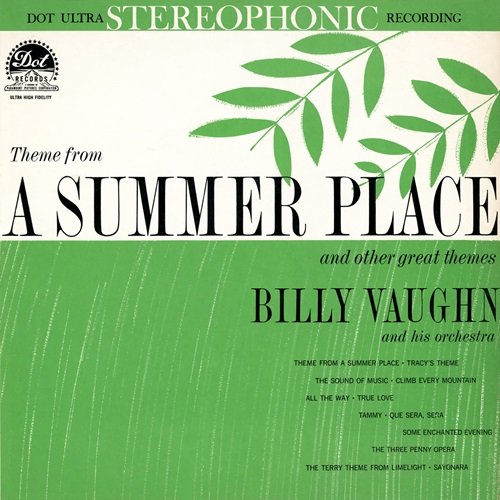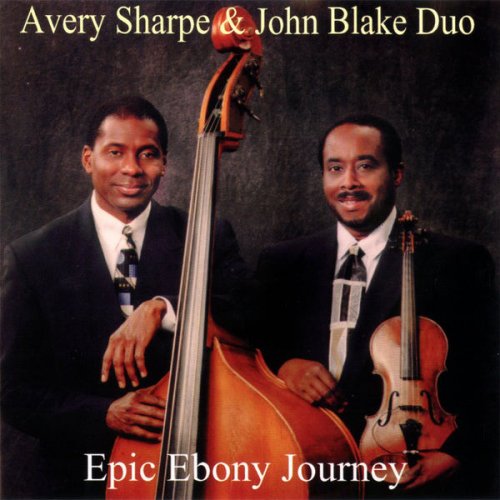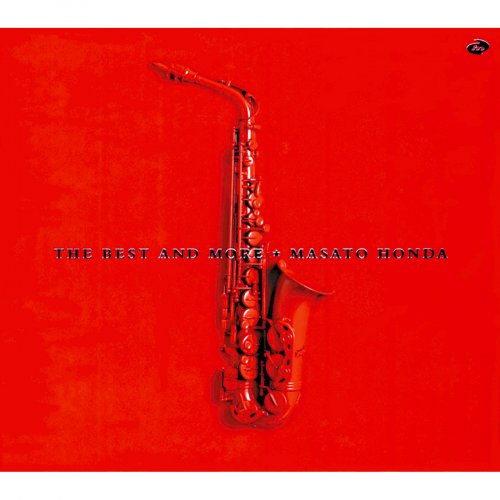Das Neue Orchester, Chorus Musicus Köln, Christoph Spering - Salieri: La Passione (2004)
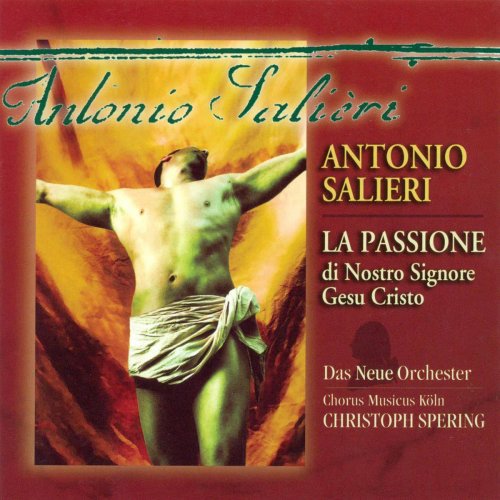
Artist: Das Neue Orchester, Chorus Musicus Köln, Christoph Spering
Title: Salieri: La Passione
Year Of Release: 2004
Label: Capriccio
Genre: Classical
Quality: FLAC (tracks)
Total Time: 01:30:14
Total Size: 435 Mb
WebSite: Album Preview
Tracklist: Title: Salieri: La Passione
Year Of Release: 2004
Label: Capriccio
Genre: Classical
Quality: FLAC (tracks)
Total Time: 01:30:14
Total Size: 435 Mb
WebSite: Album Preview
CD 1
Parte Prima • Erster Teil • First Part • Première Partie
1-1 1. Ouverture 4:27
1-2 2. Recitativo (Pietro): Dove Son? 1:12
1-3 3. Recitativo (Pietro): Ingratissimo Pietro 1:12
1-4 4. Aria (Pietro): Giacché Mi Tremi In Seno 3:49
1-5 5. Recitativo (Pietro): Ma Qual Dolente Stuolo 0:48
1-6 6. Coro: Quanto Costa Il Tuo Delitto? 2:01
1-7 7. Recitativo (Pietro): Maddalena, Giovanni, Giuseppe, Amici 0:44
1-8 8. Aria (Maddalena): Vorrei Dirti Il Mio Dolore 2:36
1-9 9. Recitativo (Giovanni, Giuseppe D‘Arimatea): O Più Di Noi Felice Pietro 1:26
1-10 10. Aria (Giuseppe D‘Arimatea): Torbido Mar Che Freme 3:25
1-11 11. Recitativo (Pietro, Maddalena, Giovanni): Barbari! O Crudeli! 1:05
1-12 12. Aria (Giovanni): Come A Vista Di Pene Si Fiere 3:06
1-13 13. Recitativo (Pietro, Giovanni, Maddalena): E La Madre Frattanto In Mezzo All‘Empie Squadre 1:18
1-14 14. Aria (Maddalena) E Coro: Potea Quel Pianto 4:42
1-15 15. Recitativo (Pietro, Giuseppe D‘Arimatea, Giovanni): Come Inventar Potea 1:22
1-16 16. Aria (Pietro): Tu Nel Duol Felice Sei 3:44
1-17 17. Recitativo (Giovanni): Dopo Un Pegno Si Grande D‘Amore 0:55
1-18 18. Duetto (Pietro, Maddalena): Vi Sento, O Dio 4:30
1-19 19. Coro: Di Qual Sangue, O Mortale 4:58
CD 2
Parta Seconda • Zweiter Teil • Second Part • Deuxième Partie
2-1 20. Recitativo (Pietro, Guiseppe D‘Arimatea, Maddalena, Giovanni): Ed Insepolto Ancora 1:13
2-2 21. Aria (Giovanni): Ritornerà Fra Voi 4:44
2-3 22. Recitativo (Giuseppe D‘Arimatea): Qual Terribil Vendetta 1:01
2-4 23. Aria ( Giuseppe D‘Arimatea): All‘ Idea De‘ Tuoi Perigli 2:51
2-5 24. Recitativo (Pietro): Le Minaccie Non Teme 2:04
2-6 25. Aria (Pietro): Se La Pupilla Inferma 4:26
2-7 26. Recitativo (Maddalena, Giovanni): Pur Dovrebbe In Tal Giorno 1:36
2-8 27. Aria (Giovanni): Dovunque Il Guardo Io Giro 5:29
2-9 28. Recitativo (Maddalena): Giovanni, Anchi‘ Io Lo So 1:34
2-10 29. Aria (Maddalena): Ai Passi Erranti 6:06
2-11 30. Recitativo (Pietro): Non Senza Guida 1:46
2-12 31. Aria (Pietro): Se A Librarsi In Mezzo All‘ Onde 5:45
2-13 32. Recitativo (Maddalena, Giovanni, Giuseppe D‘Arimatea, Pietro): Ah, Del Felice Marmo 0:55
2-14 33. Coro: Santa Speme Tu Sei Ministra 3:27
Performers:
Alto Vocals [Giovanni] – Franziska Gottwald
Bass Vocals [Giuseppe D‘Arimatea] – Hanno Müller-Brachmann
Choir – Chorus Musicus Köln
Conductor – Christoph Spering
Orchestra – Das Neue Orchester
Soprano Vocals [Maddalena] – Melba Ramos
Tenor Vocals [Pietro] – Florian Mock
First performed at the Burgtheater in Vienna in 1776 La passione di nostro Signore Gesu Cristo is a work of Salieri’s early maturity. It’s a passion oratorio but one that gorges on operatic convention to make its powerfully dramatic points. If it’s further to be anatomised, the traditional recitative-aria and solo and chorus block voicings also faithfully follow operatic form and so Azione sacra is as good a term as oratorio to describe Salieri’s work.
Opening with an enthusiastically if sometimes approximately played Overture we immediately face two small recitatives for Peter followed by his first aria, Giacché mi tremi in seno, one that immediately establishes the dramatic, theatrical direction of the musical argument, enriched along the way as it is by colourful accompanying instrumentation. Maddalena herself is permitted only one solo – not an aria as such but a Cavatina (No.8 – Vorrei dirti il mio dolore) that follows, almost immediately, the declamatory-consolatory almost hymnal entreaty of the chorus. As John, contralto Franziska Gottwald shows commendable fire and no little technical address in her early aria Come a vista – the divisions are on the button, the voice is flexible and well supported and she reminds me just a touch of David Daniels (a high compliment). I liked Florian Mock’s Peter and his Part I aria Tu nel duol felice sei where one finds, despite some forcing, quite a bit of colour in the voice. Salieri’s dramatic instincts are reinforced by his approach to duet writing – forceful, imaginative, once more theatrical-operatic – as in Vi sento, O Dio for Peter and Maddalena.
Salieri took a text by Pietro Metastasio written in 1730 which deals with the time after the crucifixion and burial but which precedes the resurrection. The libretto balances the piety of Part I with the yearning questioning of the nature of the Resurrection in Part II. And whilst one can’t argue for the work touching the greatest depths one can nevertheless find in it a firm control of schema and of pacing, of emotive states and of the utilisation of operatic form for optimum emotive potential. As a signal of the young Salieri’s already impressive command it’s a strong example and this performance, whilst hardly flawless, is committed and lucidly performed.
Opening with an enthusiastically if sometimes approximately played Overture we immediately face two small recitatives for Peter followed by his first aria, Giacché mi tremi in seno, one that immediately establishes the dramatic, theatrical direction of the musical argument, enriched along the way as it is by colourful accompanying instrumentation. Maddalena herself is permitted only one solo – not an aria as such but a Cavatina (No.8 – Vorrei dirti il mio dolore) that follows, almost immediately, the declamatory-consolatory almost hymnal entreaty of the chorus. As John, contralto Franziska Gottwald shows commendable fire and no little technical address in her early aria Come a vista – the divisions are on the button, the voice is flexible and well supported and she reminds me just a touch of David Daniels (a high compliment). I liked Florian Mock’s Peter and his Part I aria Tu nel duol felice sei where one finds, despite some forcing, quite a bit of colour in the voice. Salieri’s dramatic instincts are reinforced by his approach to duet writing – forceful, imaginative, once more theatrical-operatic – as in Vi sento, O Dio for Peter and Maddalena.
Salieri took a text by Pietro Metastasio written in 1730 which deals with the time after the crucifixion and burial but which precedes the resurrection. The libretto balances the piety of Part I with the yearning questioning of the nature of the Resurrection in Part II. And whilst one can’t argue for the work touching the greatest depths one can nevertheless find in it a firm control of schema and of pacing, of emotive states and of the utilisation of operatic form for optimum emotive potential. As a signal of the young Salieri’s already impressive command it’s a strong example and this performance, whilst hardly flawless, is committed and lucidly performed.
DOWNLOAD FROM ISRA.CLOUD
Das Neue Orchester, Chorus Musicus Köln, Christoph Spering - Salieri La Passione.rar - 435.1 MB
Das Neue Orchester, Chorus Musicus Köln, Christoph Spering - Salieri La Passione.rar - 435.1 MB
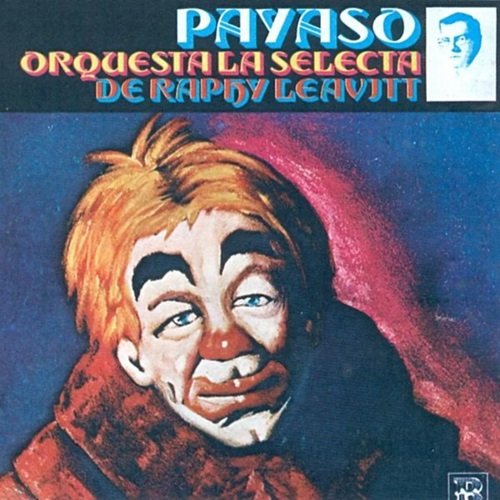
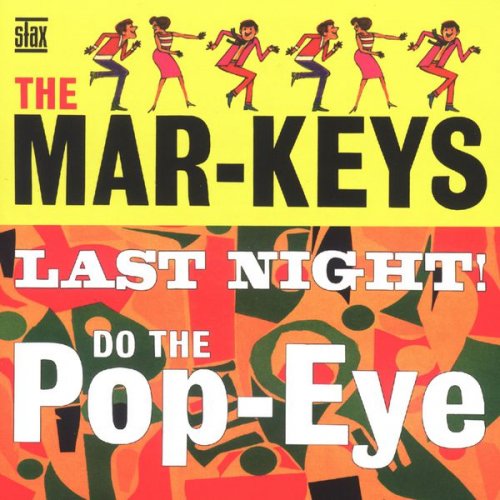


![Andreas Toftemark & Benny Benack III - Roadmap (2025) [Hi-Res] Andreas Toftemark & Benny Benack III - Roadmap (2025) [Hi-Res]](https://www.dibpic.com/uploads/posts/2025-11/1763039074_q6mrhzv8tr9la_600.jpg)
![Marte Eberson & Jon Eberson - Forgetful (2025) [Hi-Res] Marte Eberson & Jon Eberson - Forgetful (2025) [Hi-Res]](https://www.dibpic.com/uploads/posts/2025-11/1762871883_folder.jpg)
